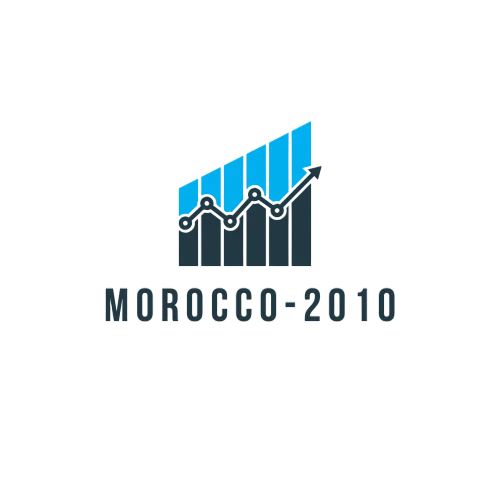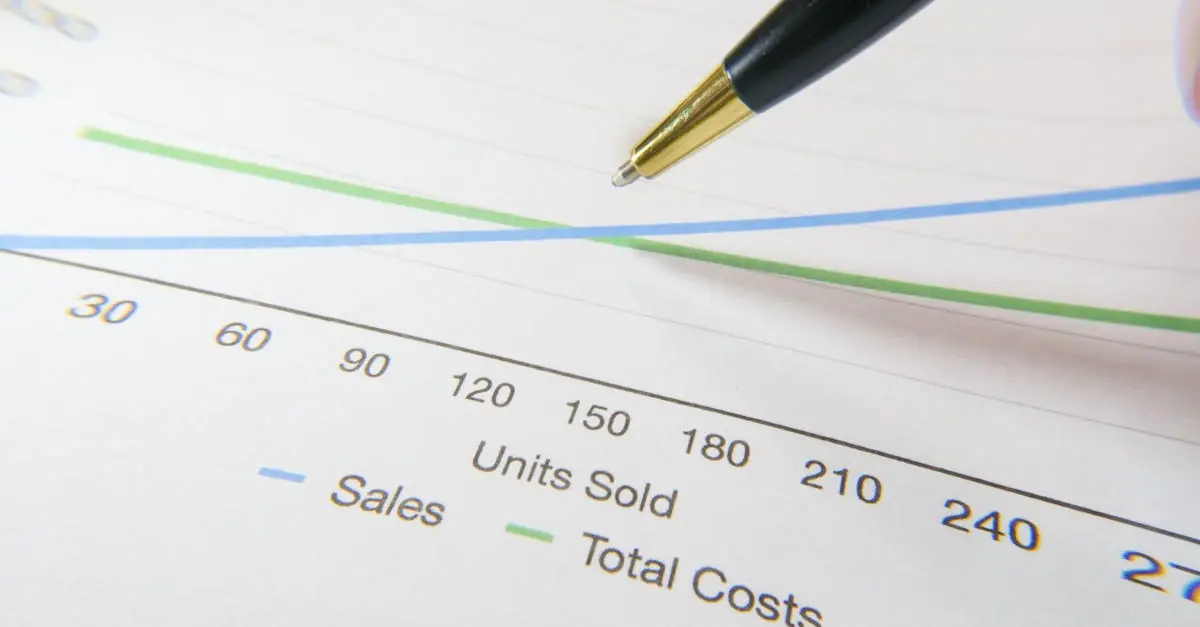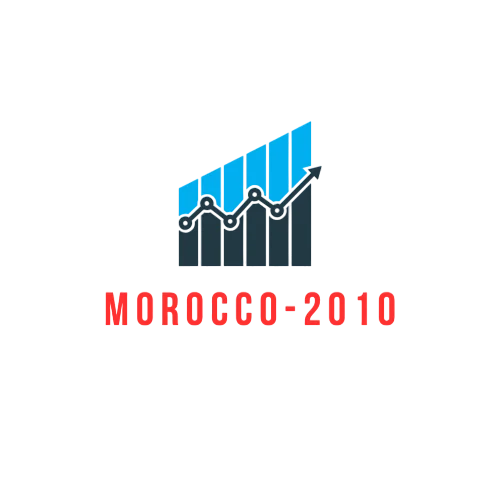Economic trends shape the world around us, influencing everything from the price of coffee to the job market. Understanding these trends is like having a crystal ball—one that reveals how money flows and how businesses adapt. In a world where the only constant is change, knowing the ins and outs of economic trends can turn anyone into the savvy investor or informed consumer they aspire to be.
Table of Contents
ToggleUnderstanding Economic Trends Definition
Economic trends represent the general direction in which an economy is moving over a specific period. They encompass various indicators that help gauge economic performance, including inflation rates, unemployment statistics, and GDP growth. Observing these trends provides valuable insights into how the economy is evolving.
Investors often analyze economic trends to anticipate market shifts. An upward trend in consumer spending may signal economic growth, while a decline in manufacturing output could indicate potential recessionary pressures. Each indicator plays a role in shaping economic forecasts, enabling businesses and individuals to make informed decisions.
Moreover, economic trends can affect broader societal aspects, such as wage levels and job opportunities. As trends evolve, they influence policy formulation at governmental levels. Policymakers monitor these trends to implement measures that stimulate or stabilize the economy. For example, a rising inflation rate might prompt central banks to adjust interest rates.
Various economic trends can serve differing purposes. Short-term trends reflect immediate economic conditions, while long-term trends provide insights into broader structural changes. Both types matter significantly, as they help stakeholders navigate financial landscapes efficiently.
Understanding economic trends plays a crucial role in adapting to the ever-changing financial environment. Staying informed about these trends helps individuals and businesses react promptly, ensuring they are prepared for shifts in economic conditions.
Key Components of Economic Trends
Economic trends provide insights into the health of an economy through various components.
Economic Growth
Economic growth reflects the increase in a country’s production of goods and services. Measured by Gross Domestic Product (GDP), it indicates how well an economy is performing over time. Sustained growth often leads to rising living standards and improved investment opportunities. For instance, in 2021, the U.S. GDP grew by 5.7%, signaling robust recovery following pandemic disruptions. Tracking growth allows policymakers to make informed decisions aimed at fostering long-term stability.
Inflation Rates
Inflation rates measure the rate at which general price levels for goods and services rise. When inflation is moderate, economic activity tends to flourish. On the other hand, excessive inflation can erode purchasing power and destabilize the economy. In recent years, the U.S. saw inflation peaks not experienced in decades, with rates reaching 9.1% in June 2022. Such fluctuations prompt central banks to adjust interest rates to maintain economic balance.
Employment Levels
Employment levels indicate the number of people actively involved in the labor market. Higher employment levels generally correlate with economic growth as businesses expand and hire more workers. For instance, in early 2023, the U.S. unemployment rate dropped to 3.6%, reflecting a tight labor market. Monitoring employment trends provides essential feedback for economic resilience, helping gauge consumer confidence and spending potential.
Types of Economic Trends
Economic trends can be categorized into two primary types: short-term trends and long-term trends. These classifications help analyze economic behavior and its implications effectively.
Short-term Trends
Short-term trends reflect immediate economic fluctuations. They often arise from seasonal changes, local events, or sudden market shifts. For instance, retailers may experience increased sales during the holiday season, indicating a temporary spike in consumer spending. Immediate indicators, such as unemployment claims or weekly retail sales, provide insights into current economic conditions. Monitoring these can assist businesses in adjusting strategies to capitalize on current market dynamics.
Long-term Trends
Long-term trends indicate the broad trajectory of an economy over several years. Factors like technological advancements and demographic shifts play crucial roles in shaping these trends. For example, an aging population may lead to increased demand for healthcare services. Economic growth is often measured through Gross Domestic Product (GDP), revealing overall production trends. Observing long-term unemployment rates allows policymakers to assess labor market changes and implement necessary measures for sustained growth. Understanding these trends is essential for strategic planning and investment decisions.
Importance of Economic Trends
Understanding economic trends plays a vital role in various sectors. These trends guide decision-making processes for businesses and policymakers alike, informing strategies and responses to economic shifts.
For Businesses
Businesses benefit significantly from monitoring economic trends. By analyzing data such as GDP growth and inflation rates, they can adapt strategies to enhance competitiveness. Increased consumer spending often signals growth, encouraging businesses to expand capacity or invest in new products. Conversely, a downturn in manufacturing output can prompt companies to revise budgets, potentially leading to cost-cutting measures. Staying informed about these trends helps businesses seize opportunities or mitigate risks effectively.
For Policymakers
Policymakers rely on economic trends to craft effective fiscal and monetary policies. By observing unemployment statistics and inflation trends, they can implement measures to stabilize the economy. Economic growth indicators assist in allocating resources and developing job creation programs. When recovery indicators decline, policymakers can adjust interventions accordingly to support struggling sectors. Accurate data assessments enable more responsive governance, fostering stability and growth within the economy.
Understanding economic trends is vital for navigating today’s complex financial landscape. By recognizing the signals of growth or decline, individuals and businesses can make informed decisions that align with current market conditions. This knowledge not only aids in strategic planning but also empowers investors and policymakers to adapt to changing economic environments.
As the economy continues to evolve, staying attuned to both short-term fluctuations and long-term shifts will be crucial for fostering stability and growth. Ultimately, grasping economic trends equips stakeholders with the insights needed to thrive in an ever-changing world.





